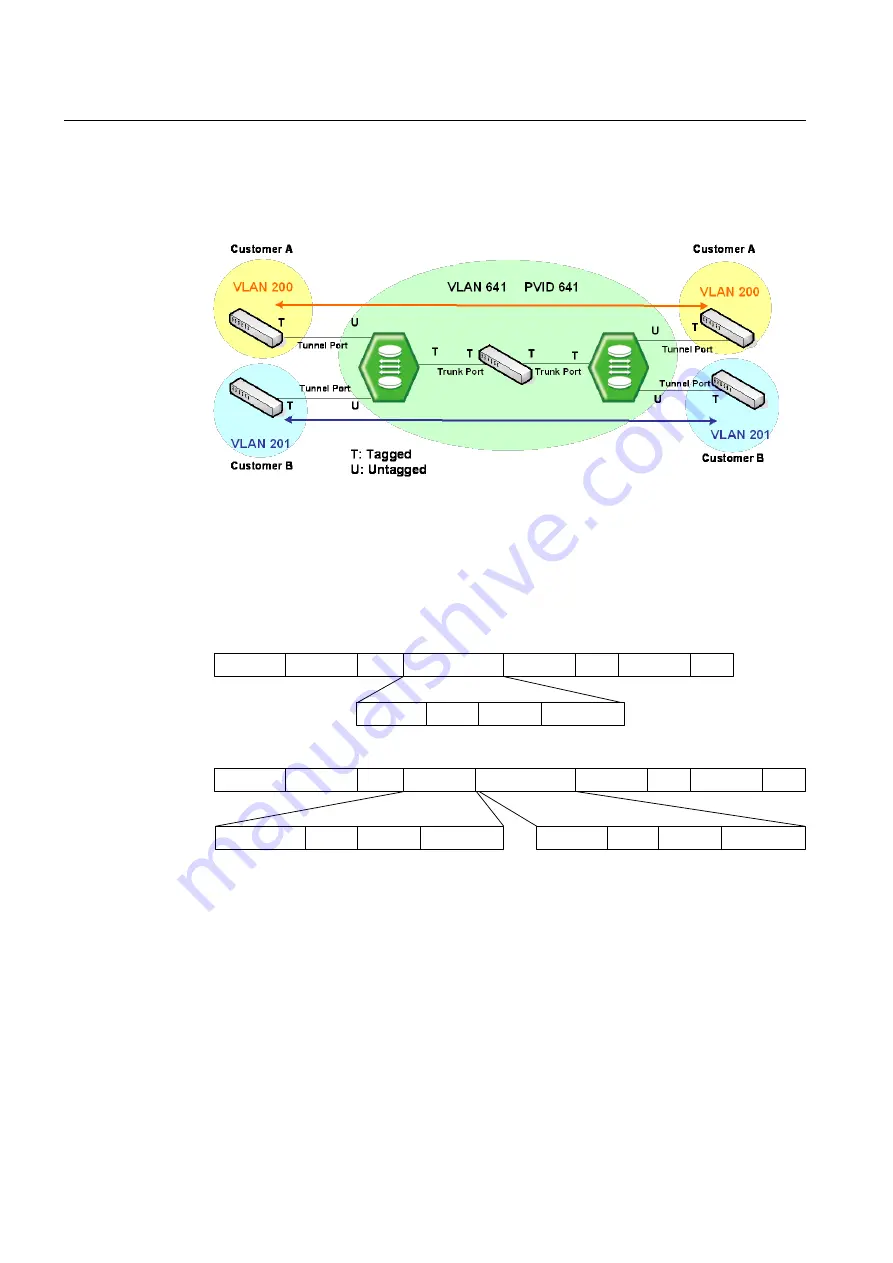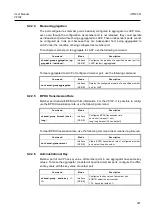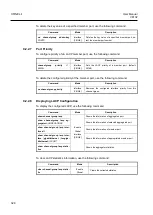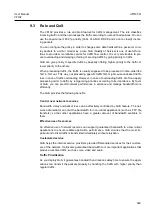
UMN:CLI
User Manual
V8102
314
9.1.5
QinQ VLAN Mapping
QinQ or Double Tagging is one way for tunneling between several networks.
Fig. 9.2
Example of QinQ Configuration
If QinQ is configured on the V8102, it transmits packets adding another Tag to original
Tag. Customer A group and customer B group can guarantee security because telecom-
munication is done between each VLANs at Double Tagging part.
Double tagging is implemented with another VLAN tag in Ethernet frame header.
Preamble
Destination
Source
802.1Q VLAN Tag
Type/Length
LLC
Data
FCS
TPID 8100
Priority
Canonical
12-bit identifier
VLAN Ethernet Frame
Preamble
Destination
Source
802.1Q VLAN Tag
Type/Length
LLC
Data
FCS
VLAN Tag
TPID 8100/9100
Priority
Canonical
12-bit identifier
TPID 8100
Priority
Canonical
12-bit identifier
Ethernet Frame using 802.1Q Tunneling
Fig. 9.3
QinQ Frame
Port which connected with Service Provider is Uplink port (internal), and which connected
with customer is Access port (external).
Tunnel Port
By tunnel port we mean a LAN port that is configured to offer 802.1Q-tunneling support. A
tunnel port is always connected to the end customer, and the input traffic to a tunnel port
is always 802.1Q tagged traffic.
The different customer VLANs existing in the traffic to a tunnel port shall be preserved
















































